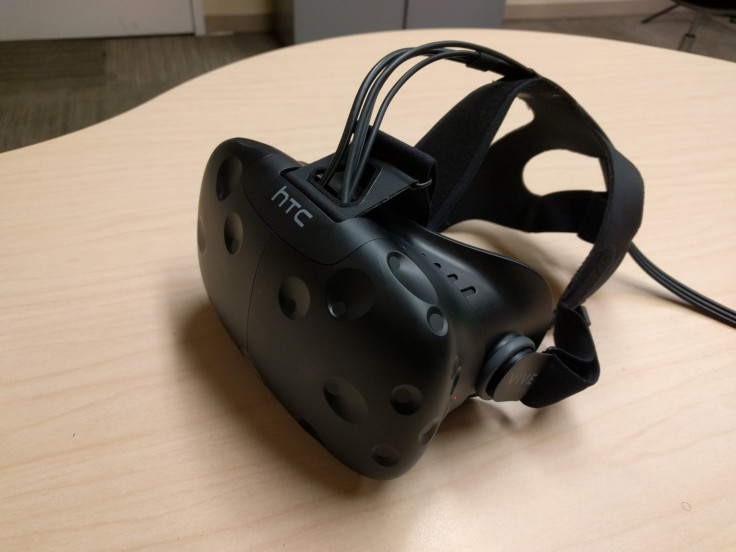While there are many eyes on the high-end as HTC and Oculus introduce their products to market, some of these companies also have their eyes on the mass market. HTC in particular says it will develop for mobile VR in the future, but wants to first perfect the high-end.
“Right now, is mobile VR in our thinking? Aabsolutely. But we’re not going to launch it just because other people launch it and compromise. We want to make sure that when we do that there’s an absolute differentiation from everyone else is doing,” HTC’s AVP of product planning, Nigel Newby-House told reporters at a recent press briefing. “I think we’ve got the platform on the high-end to do that. It just might take a little bit of time, but we’ll get there.”
When it comes to the virtual reality market, manufacturers like HTC and Oculus currently are the top dogs. Other devices like PlayStation’s upcoming headset are also expected to shake up the rapidly growing industry. As VR become increasingly popular, there appears to be a strong demarcation between the high-end and the mass-market. High-end handsets can easily exceed $500 while mass-market handsets can be $200 or as cheap as a few dollars.
The HTC Vive has received rave reviews for its advanced hardware; however, pundits critique that a lot of the accompanying software is not yet up to par with a high-end experience. HTC acknowledges the Vive is intended for the early adopter and tech enthusiasts that don’t mind the high-end growing pains. But in order to appeal to the mass market, companies focusing on VR will have to iron out a lot of the kinks that make VR a largely imperfect product.
“The way HTC is approaching this we want to bring the gold standard. What we want to do is to top-down. Some want to go mass market first. But if you’re going to do low-cost, you’re not going to get the experience,” Newby-House said. “What we want to do is hone the best quality VR experience and then fathom out how we’re going to bring that same experience down to more affordable price points.”
Shipments of VR headsets are expected to reach 9.6 million units in 2016, with more than two million of those units being high-end devices like the HTC Vive, Oculus Rift and PlayStation VR, according to the IDC. Already, consumers are thinking cheaper and easier to acquire. Smartphones are everywhere and despite the excitement behind the Vive and Rift, it is through mobile that VR is truly expected to explode.
“The mass market is the smartphone market. [Smartphones] are all being upgraded to be VR devices. For the VR community one thing that is actually great is the fact that the sales of mobile phones have kind of plateaued,” Brad Allen, executive chairman of NextVR told iDigitalTimes. “Now they’re trying to figure out what’s the next big thing to sell more phones and that happens to be VR.”
The smartphone market is changing to the point where even manufacturers, such as Apple are experiencing sales slumps and profit losses. After several lackluster smartphone releases, HTC introduced the HTC 10 in April. While the smartphone has seen positive preliminary reactions, it remains to be seen how commercially successful it will be.. Overall, the fervor behind smartphones has decreased because manufacturers have few new features to introduce.
VR likely won’t revolutionize the smartphone market, but can help extend its lifespan. Many mobile manufacturers are tackling VR in different ways, which should overall contribute to making VR headsets smaller, lighter and more accessible. While Samsung has built and over-the-head product, to which a smartphone attaches, LG has built a face-forward headset that can plug into a smartphone remotely.
Many issues with mobile VR include subpar screen resolution and slow frame rates, depending on the device. To offset mass-market VR growing pains, manufacturers offer products at lower prices and with various deals, such as free with the purchase of a smartphone.
Allen expects further mobile VR developments to be showcased if and when Apple enters the market. Until then the major differences between high-end and mass market will likely remain and consumers will likely build their VR experience based on what compatible products they already down, whether that be a smartphone, a PC or a gaming console.
“The preferable mode is what you have. If you have a high-end PC so you can use a Vive or Oculus Rift that’s probably your preferred mode,” Allen told iDigi. “It’s a higher price barrier if you don’t already have it or need to upgrade your PC but the experience is incredible.”

















